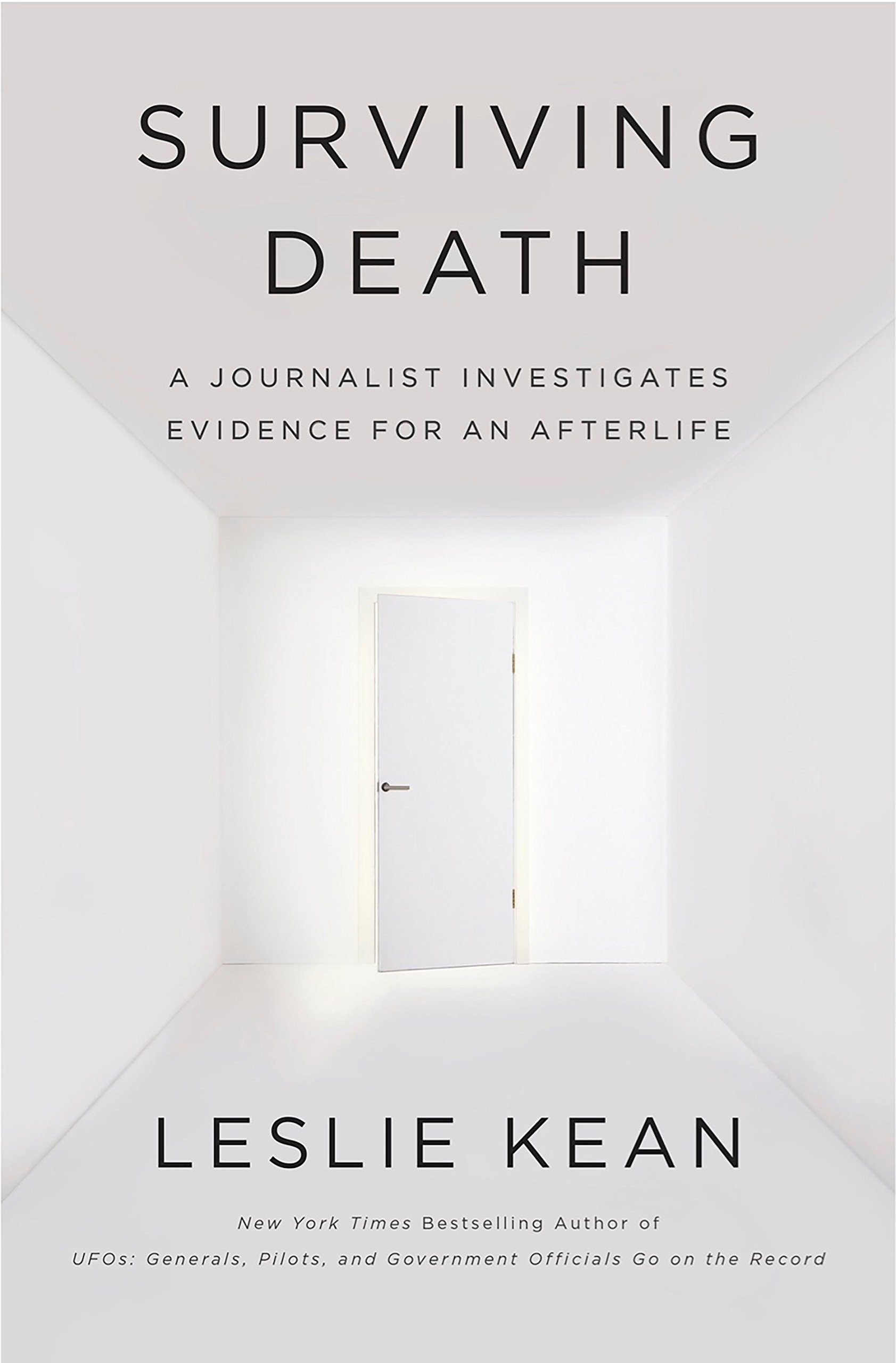
We recently wrote about out-of-body travel, which is usually a spontaneous experience, at least the first time. Near-death experiences are another spontaneous way that people travel beyond their bodies. Of course, it’s not the preferred method, since the person is literally dead for a short period of time.
That said, NDEs have become a specialty research area usually involving medical practitioners, who have decided to explore the the nature of these experiences from the stories told by patients who have been revived.
One of the best documented stories comes from medical social worker Kimberly Clark Sharp, who is the founder of the Seattle International Association for near-death studies. In 1977, she was a young social worker at Harborview Medical Center in Seattle when her life was forever changed by the experience of a middle-aged Mexican migrant worker named Maria. She described Maria’s out-of-body experience in depth in an essay published in Surviving Death: A Journalist Investigates Evidence for an Afterlife, by Leslie Kean. Here’s a summary of it.
While visiting friends in Seattle, Maria suffered a massive coronary and was rushed the Harborview emergency room. Several days into her hospital stay she had a coronary arrest. While medical personal attempted to revive her, the heart monitor showed that she had flatlined—she was clinically dead. Fortunately, her heart was shocked into beating again and she was revived, though still unconscious. She woke up several hours later and was breathing on her own. However, she was extremely agitated and a nurse paged Kimberley for assistance.
Kimberly had met Maria and was aware of her recent in-hospital coronary arrest. In fact, she had looked in on the team as they had attempted to revive their patient. Maria didn’t speak much English and Kimberly’s Spanish was basic. But they were able to communicate through Spanglish and gestures. Maria, it turned out, was excited and anxious to tell anyone who would listen that she had left her body and watched the recovery effort from a corner of the room near the ceiling. She accurately described the people in the room, where they had stood, what they had said, and what they had done. She also correctly described the electrocardiogram machine and how it had produced a long scroll of paper that was kicked under the bed.
Maria then said she had hovered above the doors of the emergency room, and accurately described the view of the curving driveway and the direction that vehicles were parked. She had no view of the entrance from her room. What makes her story truly compelling and ultimately documented is what she next told Kimberly.
Maria said that while out of body she drifted to another part of the hospital and saw a single, large-sized sneaker outside of a window ledge on an upper floor. She moved closer to it and described it as dark blue and scuffed on the side near the small toe area. She said a white shoelace was tucked under the heel.
She asked Kimberly to go find it to prove that while her body was dead she was not only conscious, but able to float inside and outside the hospital walls. Kimberly thought it would be a fruitless search, but agreed to take a look. She walked around the hospital on the sidewalk that encircled it, but was too close to the building to see ledges on the upper floors. She couldn’t move away from the building because of heavy traffic and a nearby cliff on one side.
She went back inside and decided to look around on the third floor. “I went into the patient rooms, walked to the window and looked down.” She found nothing on the ledges on the east and north sides of the building. While searching on the west side, she was stunned when she peered out a window and saw a man’s dark blue sneaker. The end of a lace was tucked under the heel, as Maria had described. After she retrieved the shoe, she saw that the area of the shoe near the little toe that had faced outward was scuffed.
She wrote: “I was shocked.Time stopped. For that first moment I could not support my own body weight and slumped against the glass, hitting it with my forehead. This was impossible.”
Kimberly knew that Maria could not have unhooked her IVs and monitor leads and wandered to the other side of the hospital and looked out a window of a patent room. She would’ve attracted immediate attention upon leaving her bed. Another far-fetched explanation that avoided out-of-body travel was that someone planted the shoe on the ledge, then convinced Maria to conspire in a hoax. In fact, Maria had no visitors the day of her resuscitation. Kimberly could not imagine a busy doctor or nurse taking part in such a charade. Besides, why would Maria agree to participate? Beyond that, none of the staff on duty, beside Kimberly, spoke enough Spanish to convince Maria of something so bizarre.
That left Kimberly with one other option: “While unconscious with her eyes closed, with no heartbeat or respiratory activities and a roomful of medical professionals working frantically to resuscitate her, Maria somehow had visual and auditory awareness of distant locations. While I watched her body being thumped and jolted, she was somewhere else.”
Strange as it was, Kimberly realized it was the most likely scenario, and that some people experiencing temporary deaths could remain conscious as they traveled out of their body.








WOW! Truly an amazing fantastic story/
IT really is.
I double posted this onto Facebook. Here’s a comment from Sharon Catley – and a good synchro!:
Sharon Catley -Some synchronicity- this afternoon they covered that story on an episode of Expedition Unknown about NDEs. There was a number of other interesting stories there as well.